Whale Watching off the Coast of Amami
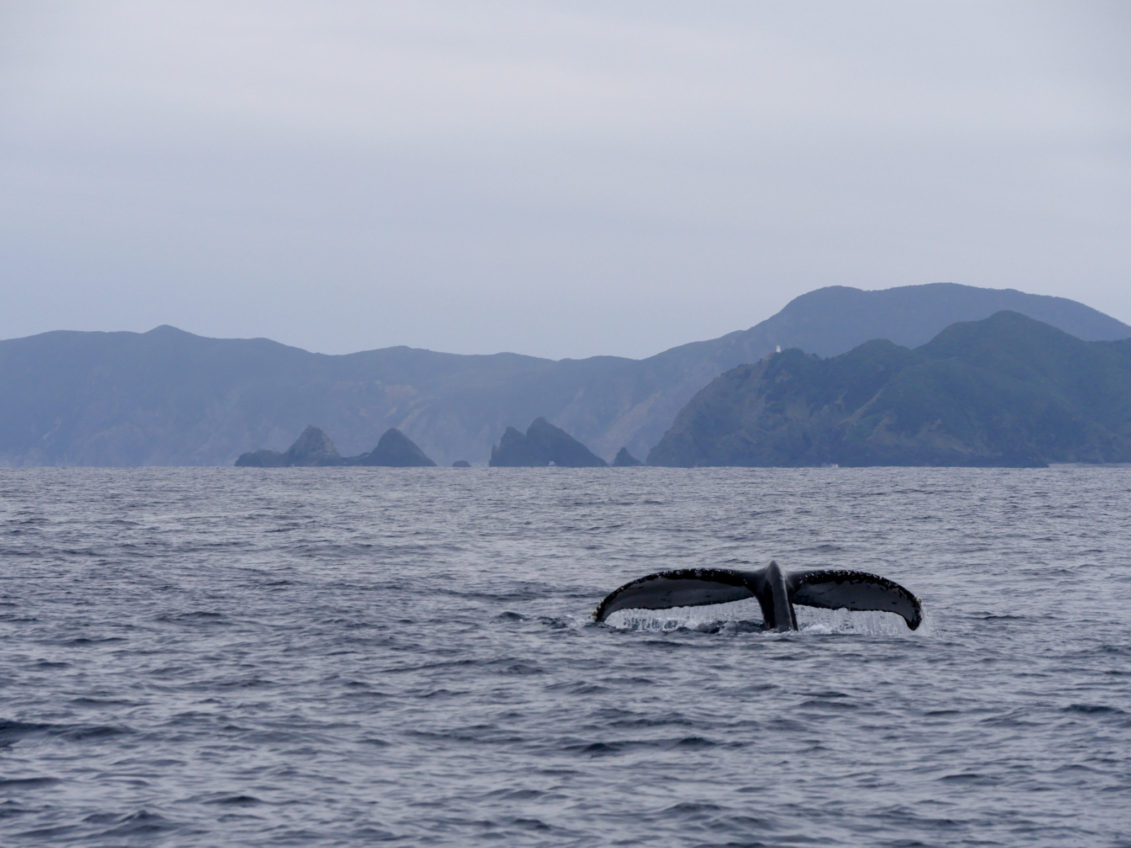
The whale watching season for the Amami Islands starts around December and lasts through March. Humpback whales are the most common whales seen around Amami, but sperm whales have also been seen. The humpback whales migrate south to the waters of Amami and Okinawa during winter before they make their way back north.
While there are various places to see whales, our group left from Koniya in Setouchi Town and gradually traveled up the eastern coast of Amami Oshima searching for whales.
Planning

Since it is a seasonal activity, a reservation is required for whale watching. It is important to reserve early to find a date that works for you. Our group reserved a month in advance. Depending on who you reserve with and how many people you have in your group, you can pay individually or reserve the entire boat! While it does vary by marine sports service and group size, expect to spend more than ¥7,000 per person.
Before delving deeper into this topic, a note on a few things to keep in mind. First, wear layers to stay comfortable in all temperatures. Second, whether you're taking a short or long course, remember to pack some snacks or lunch. Lastly, if you're prone to seasickness, it's wise to bring along some motion sickness medicine.

Setting Off
The marine sports service we used is based in Setouchi, specifically on the island of Kakeromajima. However, we met at a location near Koniya Port and boarded the boat there. Parking is available for those going by car, and it is within walking distance from a bus stop.
After arriving, we quickly went through the business side of things by signing a waiver and sharing our emergency contact information. We put on life vests or inflatable safety belts, for a range of sizes, and listened to a brief safety overview before taking a commemorative picture!

The meeting location doesn’t have a restroom, so either stop somewhere beforehand or wait until you’re on the boat to use the one onboard. You can also ask to use the toilet on the boat before departure if you really need to go–yes, I know this from experience.
Whale Watching
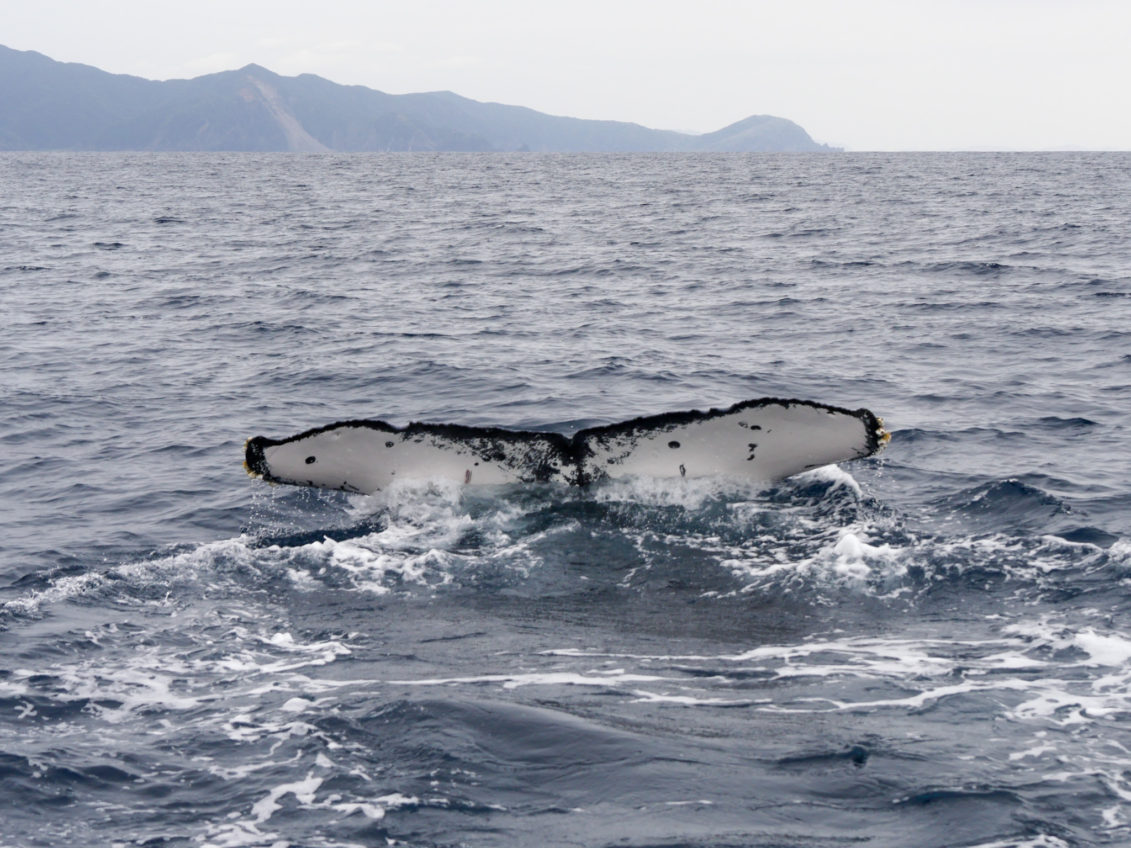
We cleared the passage between Kakeromajima and Amami Oshima into the open sea and then a crew member dropped a microphone into the water. With the microphone in the water, we were able to pick up and hear the sounds of the whales communicating. At one point, we suddenly heard a loud, sharp noise?! A beautiful whale cry, I thought. However, it was actually just someone flushing the boat toilet!
With the guidance of a few other boats whale watching in the area, we started finding whales fairly quickly. They come up every 10 minutes for air, so after seeing one the crew would estimate the approximate location it would pop up next. One of the ways to help determine the direction a whale is traveling is by following the ‘whale’s footprint,’ or a slick spot left on the surface of the water after a whale pops out of the water.
After seeing a few tails, we decided to travel further north up the island in hopes of seeing some whales jump up out of the water, which is called breaching. Unfortunately, we didn’t see any breach this time, but here’s a photo from a previous trip one of the members of our group went on!
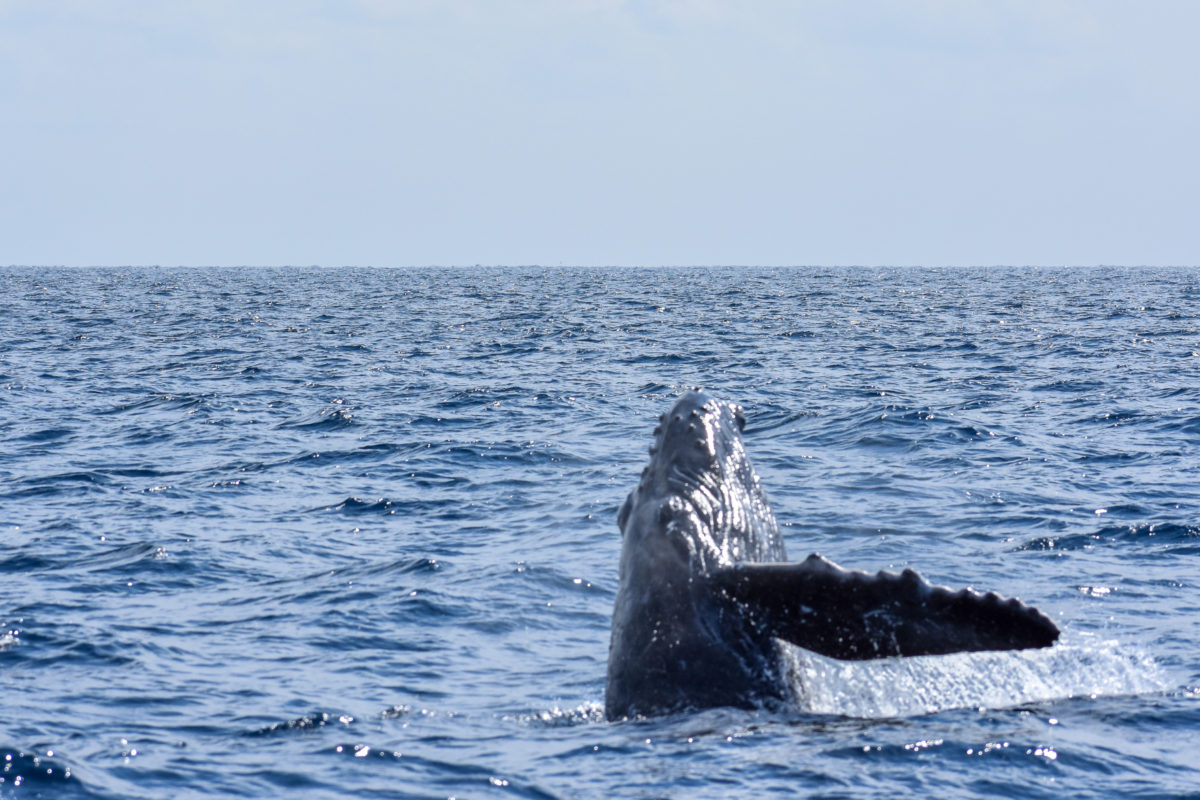
Photo Credit: Jason Sniegowski
As we continued searching for whales, we started making people walk the plank because we were fed up with them! No, actually, if you have your diving certifications, you can dive into the water to see the whales hidden beneath the rippling waves. After dropping the two divers off, we would circle back around and pick them up when they’d give the signal. It made me want to get my diving certification to join in!
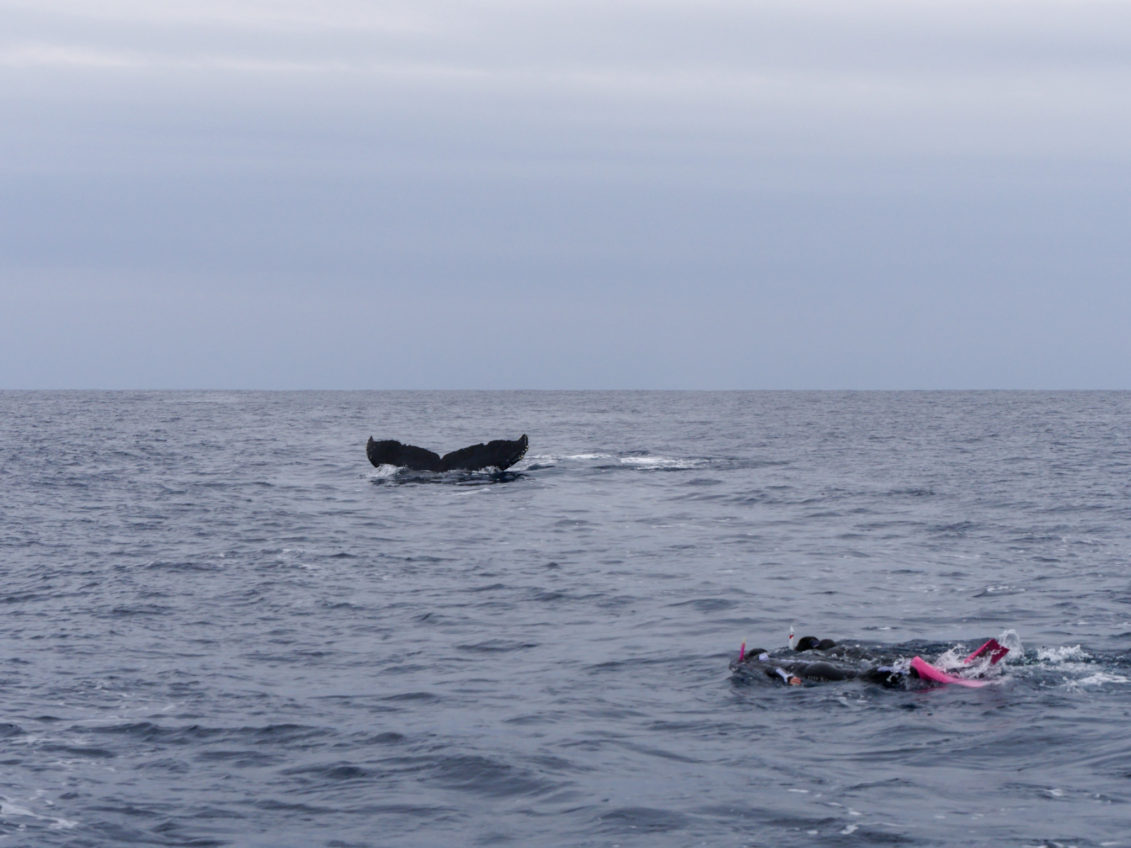
Shinoho Waterfall
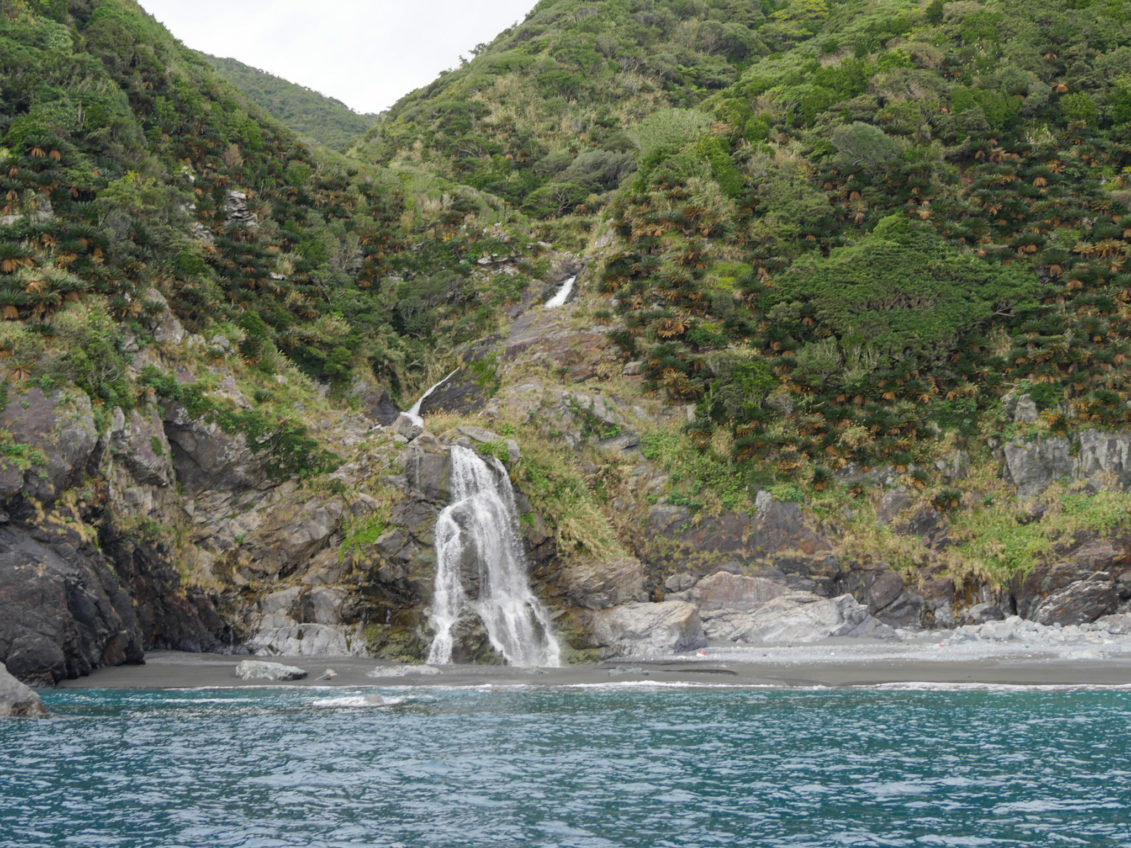
We then started heading back towards the original location while making a brief pit stop at a waterfall that can only be seen by boat! This waterfall is called Shinoho. As pictured, it falls onto the sand at low tide, but at high tide, it falls directly into the ocean. I’d love to see it another time, maybe with stand-up paddle (SUP) boards to get up close.
After taking plenty of pictures, we searched for whales for a little while longer and then made our way back, content with the long journey.

Duration and Difficulties
So, how long did all of this take? Around 6 hours! Or 8 hours if you count the drive from Naze and back. There are shorter courses available, but we were recommended to go ahead and do the longer course so we would have plenty of opportunities to see the whales, especially if they were difficult to find that day.

As the activity lasted a considerable length of time, we all brought our own lunches and snacks. Personally, I didn't indulge in too many snacks as I was keen on spotting whales rather than rummaging through my bag. However, I made sure to keep myself hydrated, despite my reluctance to move away from the best viewing spots.
While not necessarily needed during the boat ride, conversational-level Japanese was needed for making the reservation. A lot of marine sports services may have someone who knows a little bit of English, and we did have a person on board that did, but it is unlikely they will be right by the phone when you call. This can lead to a lot of confusion and frustration if you are trying to find a place quickly. I would recommend asking a friend who knows how to speak Japanese, or hiring a guide for interpretation services, such as those in the Amami International Network:
・+81 090-2157-3111
・Email: info@amamiguide.co.jp
Finally, the big kicker. Sea sickness is, of course, a major difficulty. Some people were down for the count within the first hour despite taking motion sickness medication. It is important to know which medication works best for you and to drink plenty of liquids. As time went on, even those not feeling the motion sickness needed a cat nap to rest, so just be aware that while it is exciting, being out on a boat can be exhausting as well.
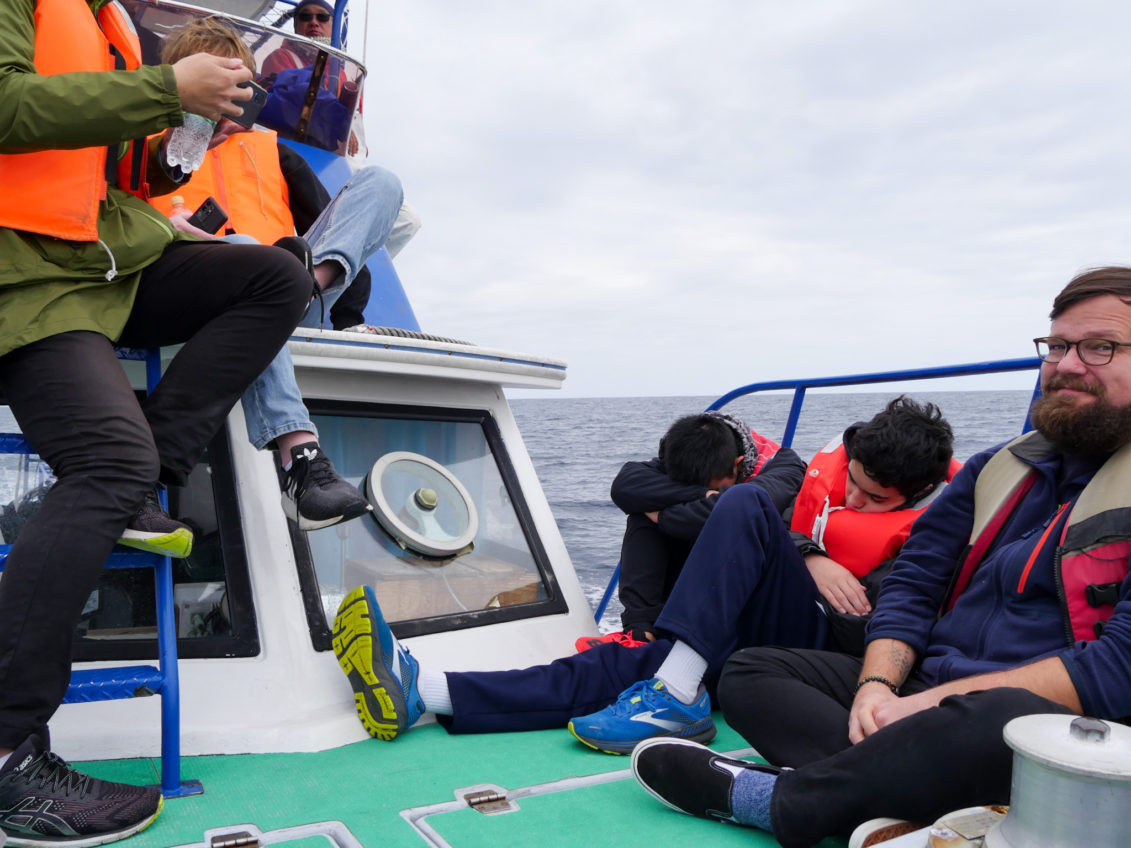
What to Bring
While it can vary by occasion, and you should make sure to check with whichever marine service you are using, here is a list of basic necessities:
・Food and water
・Motion sickness medicine
・Sunscreen (even for cloudy days)
・Camera
・Cell phone
・Back-up charger
・Jacket, rain jacket/poncho
・Shoes with good grip
・Small towel/spare socks
Food is a must, especially if you do a longer course, in which case you should bring lunch. It is also important to bring motion sickness medicine and to stay hydrated, especially due to the salt in the air.
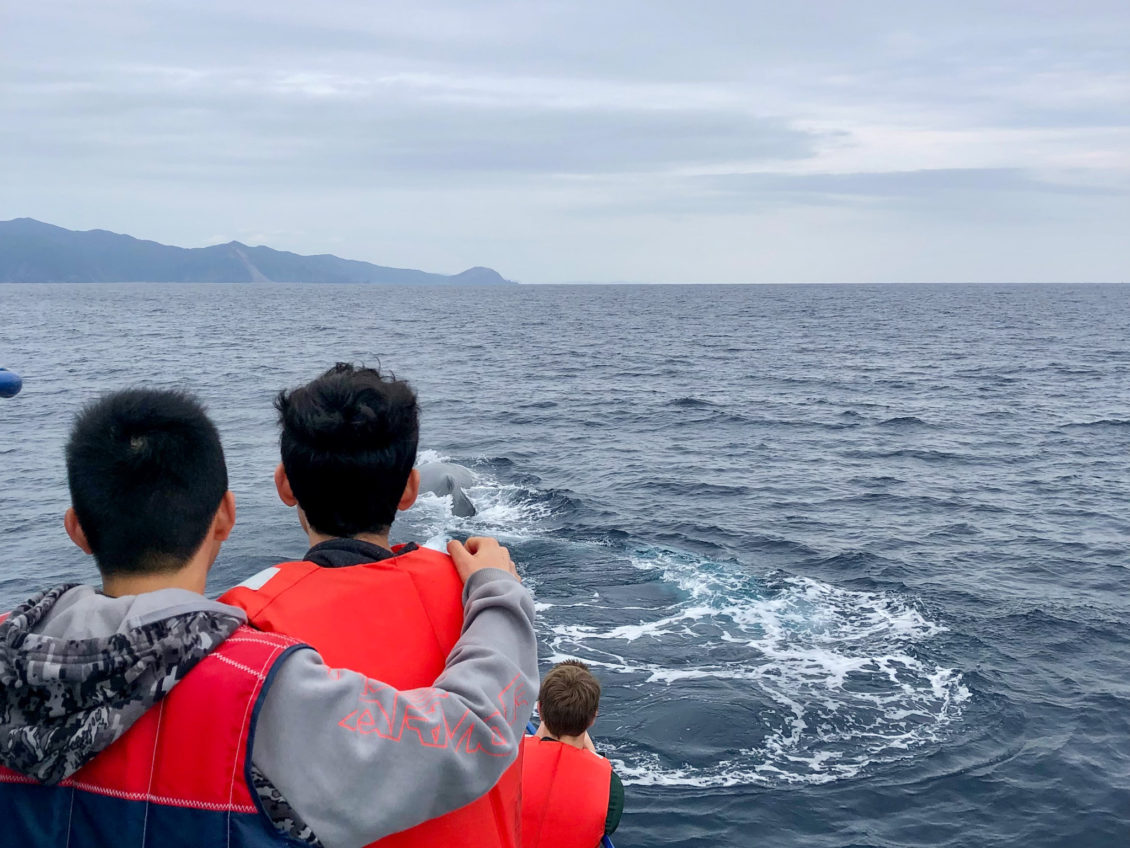
Photo Credit: Chuck Clenney
A camera is always a plus in capturing these memories. However, if you don't have one, you can always use your phone camera! I would personally recommend taking videos since it can be difficult to get close-up photos without a good lens, experience, and plenty of luck. Since it's mostly trial and error, be sure to bring a backup charger as you try to max out your storage space. Surprisingly enough, there was cell service while out on the water. At one point, someone even made a video call to share the experience!
Finally, dressing warmly and preparing for the weather is important. Thankfully, we only had a brief sprinkle of rain during our outing. Since it is much colder when out on the water and in the wind, I would recommend warm layers. I would also recommend leaving spare clothing in your car if you drove one, or at least carrying around spare socks in the off chance you get splashed. We even have not one, but two, people who accidentally leaned on a water hose and got sprayed! So anything can happen.

Photo Credit: Megan Pellei
Concluding Thoughts
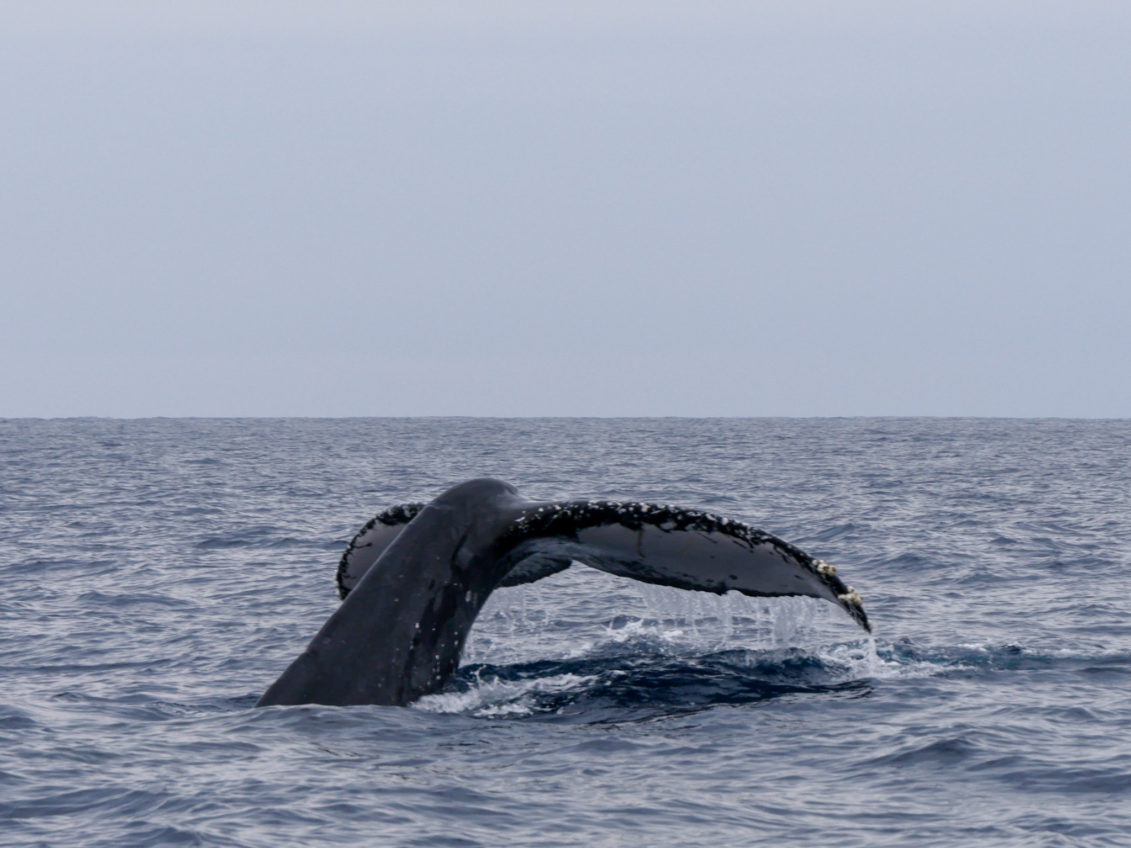
While it was a long activity and almost everyone was tired by the end, it was worth it. Each time will be a different adventure, so I could definitely see myself doing it again. Going with friends is especially great because you can share in the experience, chat away, and even burst out into song to keep each other company on the journey. It was a once-in-a-lifetime experience I will always remember.
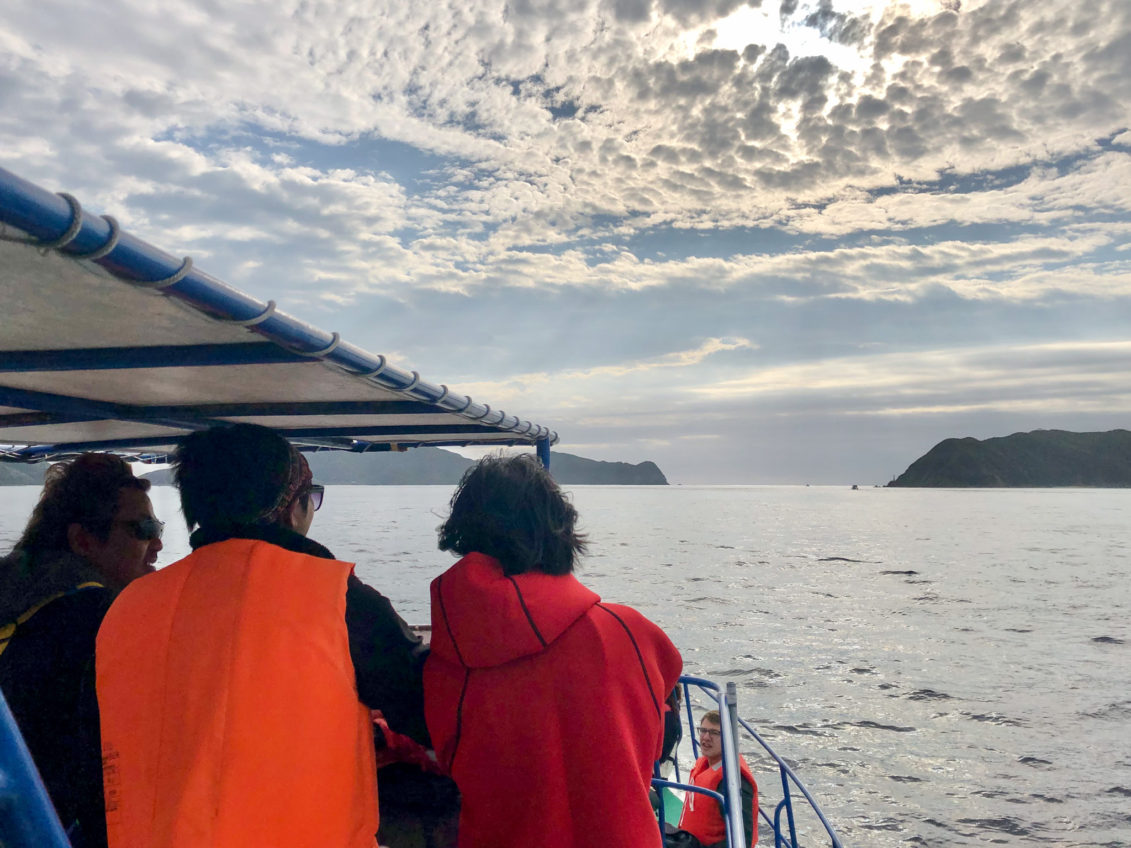
Photo Credit: Chuck Clenney
Additional Information
The marine sports service used for this article was Diving & Pension RIKI
・0997-76-0069
・http://rikikakeroma.net/
Please see our Marine Sports section under Activities for a list of other marine sports services on Amami.
WRITER
Rose Craig
Rose Craig started working as the Coordinator for International Relations for Amami City in November 2021. Born and raised in rural Texas, she enjoys exploring the nature of the Amami Islands and finding the similarities and differences that make every place unique. When not translating materials, she is running the Explore Amami social media accounts, writing articles, taking pictures, exploring, and more!


